Solve the system of linear equations by graphing:
y = 2x + 9
y = -x + 6
(-1,7)
Find the equation of a line that passes through (0, 4) with a slope of -3
y=-3x+4
Find the equation of this line:
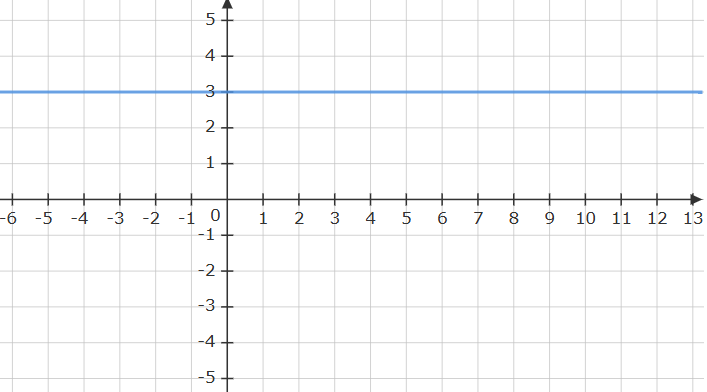
y=3
Find the slope of the line that passes through (0, 4) and (3, 0)
m=-4/3
Convert to y=mx+b
2x+y=10
y=-2x+10
Solve the system of linear equations by graphing:
y = x + 4
y = -x + 2
(-1,3)
Find the equation of a line that passes through (0,7) with a slope of 2
y=2x+7
Find the equation of the line
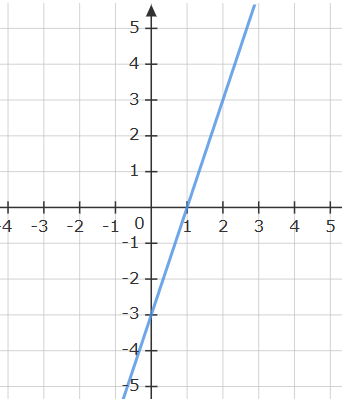
y=3x-3
Find the slope of the line that passes through (1, 2) and (2, 3)
m=1
Convert to slope-intercept form:
2x-2y=6
y=x-3
Solve the system of linear equations by graphing:
y = 2x + 5
y = 0.5x - 1
(-4,-3)
Find the equation of a line that passes through (-3, 7) with a slope of -2
y=-2x+1
Find the equation of the line
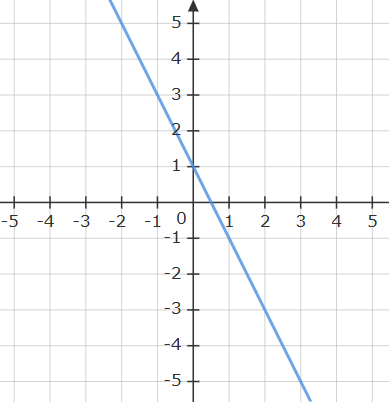
y=-2x+1
Find the slope of the line that passes through (-3, 4) and (-1, 4)
m=0
True or false, the point (-2, 4) lies on the line
y=-3x+5
Solve the system of linear equations by graphing:
x + y = 7
y = x + 3
(2,5)
Find the equation of a line that passes through (-1/2, 5) with a slope of 4
y=4x+7
Find the equation of the line:
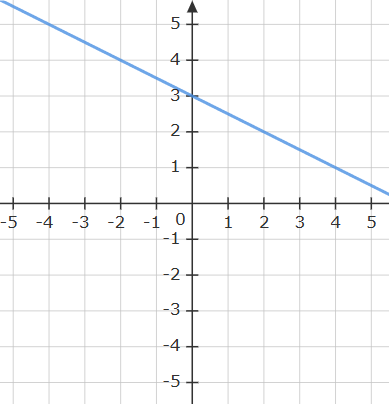
y=-1/2x+3
Find the slope of the line that passes through (-3, -6) and (-3, 5)
m = undefined
Does the point (-1, 7) lie on, above or below the line
y=-x+6
On
Is it possible for a system of linear equations to have exactly two solutions? Explain your reasoning.
No, two lines cannot intersect in exactly two points.
Find the equation of a line that passes through (-2/3, -7) with a slope of 9/2
y=9/2x-4
Find the equation of the line: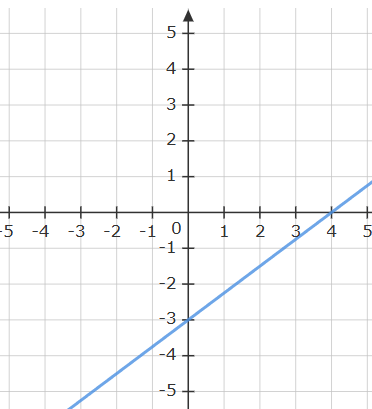
y=3/4x-3
Does the point (-1, 7) lie on, above or below the line
y=-2x+13
m=-7/5
Does the point (-4, 4) lie on, above or below the line
y=-2x-7
4<1